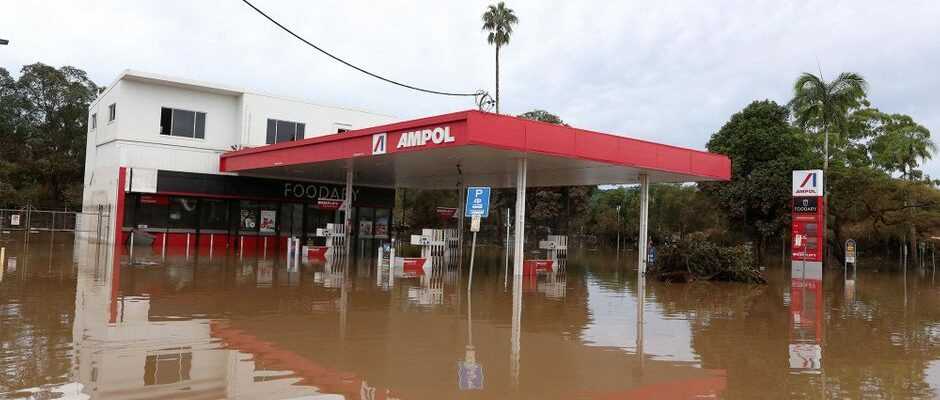For more than a week, torrential rains have ravaged the east coast, moving from the state of Queensland to New South Wales.
Australian emergency services ordered some 200,000 people to evacuate their homes due to heavy rains, which killed 13 people on the east coast, but the city of Sydney was finally spared the dreaded deluge. Authorities have issued a weather warning for heavy rain and high winds targeting a 400 kilometer strip stretching along Australia’s east coast, including the suburbs of Sydney, the country’s largest city (five million ‘inhabitants).
For more than a week, torrential rains have ravaged the east coast, moving from the state of Queensland to New South Wales. Rivers burst their banks and the water submerged houses up to the roof. “A lot of people woke up this morning to find a large part of their state under water,” said Dominic Perrottet, Premier of New South Wales on Thursday, where 200,000 residents have been ordered to evacuate. . “If you are subject to one of these evacuation orders, please leave,” he implored at a press conference.
The Warragamba dam, southwest of Sydney, which provides 80% of the drinking water consumed in the metropolis, has been overflowing since Wednesday morning. The city, however, escaped the dreaded flood. Some areas along the Hawkesbury and Nepean Rivers that flow through the city’s western suburbs, however, experienced significant flooding, according to a spokeswoman for the New South Wales Meteorological Office.
Animals affected
“It will take some time for this to calm down,” she said. In the town of Windsor, a bridge was submerged by the muddy waters of the Hawkesbury, preventing access to homes and farms on the other side. Located near Sydney, the famous Taronga Zoo has prepared to welcome wild animals injured by torrential rains and flooding.
Caregivers were particularly worried about younger animals, including echidnas, a spiny mammal, and bandicoots, a small marsupial, as well as birds. Rain can waterlog their feathers and prevent them from flying, a zoo spokeswoman told AFP. Australia has been hit hard in recent years by climate change: droughts, deadly bushfires and floods are becoming more frequent and intense. “Australia is on the front line of severe climate change,” said Hilary Bambrick, an environmental expert at Queensland University of Technology. “Temperatures are rising faster in Australia than on average globally, and higher temperatures mean the atmosphere holds more moisture, and therefore rain events become more extreme,” she explained.
Across New South Wales, flooding has reached its highest level in decades. In towns such as Lismore, in the northeast of the state, residents took refuge on their roofs, sometimes waiting many hours before being rescued. ‘Many residents returned to their homes in the Northern Rivers today and over the past 24 hours to find devastating scenes,’ the state premier said.
Any reproduction prohibited
